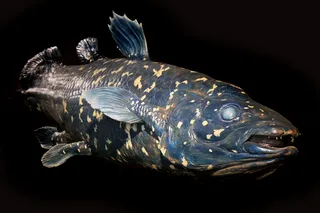Stature, Mortality, and Life History among Indigenous Populations of the Andaman Islands, 1871-1986:
Despite considerable interest in the evolution of small body size, there is little evidence for changes in body size within small‐bodied human populations. This study combines anthropometric data from a number of studies of the body size of Andaman Islanders from 1871 to 1986. The colonial history of the Andaman Islands is characterized by high rates of mortality among the indigenous populations. However, long‐term conflicts between tribal groups of the Andaman Islands and British and Indian settlers led to some groups being relatively isolated and sheltered from infectious disease and the high rates of mortality that affected other groups. When temporal trends in stature are compared in this context, there is evidence for a reduction in stature among the Great Andamanese who had close contact with the British during the period of highest mortality. Adult stature among ...













